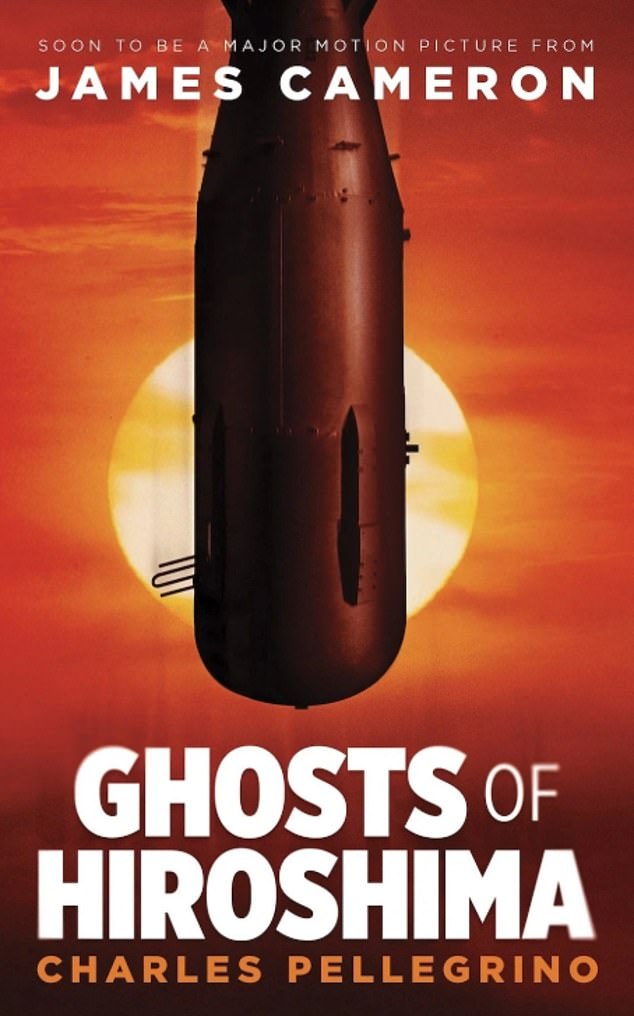By HARRY HOWARD, HISTORY EDITOR
Published: | Updated:
It was a scene so chillingly accurate that nuclear experts praised director James Cameron for ‘getting it right’.
The imagined sequence in Terminator 2: Judgement Day showed leading character Sarah Connor getting obliterated by an atomic bomb that had hit Los Angeles.
Now, Cameron is planning an ‘intense’ film about the 1945 nuclear attack on the Japanese city of Hiroshima that killed around 130,000 people 80 years ago, on August 6, 1945.
The production will be an adaptation of new book Ghosts of Hiroshima, which draws on 200 interviews with survivors of the blast, as well as those who escaped death in the subsequent attack on Nagasaki.
Speaking this week, Cameron told how the Terminator films – the first was released 1984 – were directly inspired by his experience of seeing a documentary about the Hiroshima blast when he was at college.
‘I remember a trolley, a burnt-out trolley, its floor filled with a pile of skulls. That image became a primal image in The Terminator,’ he said in the Telegraph.
The director added: ‘And then, of course, we played it all out in Terminator 2, actually showing the effects of the nuclear weapons.’
The first Terminator depicts Linda Hamilton’s Sarah Connor attempting to escape the clutches of the cyborg killer robot portrayed by Arnold Schwarzenegger.
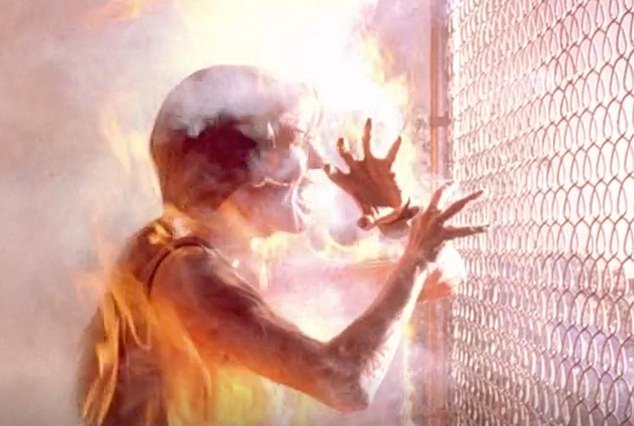
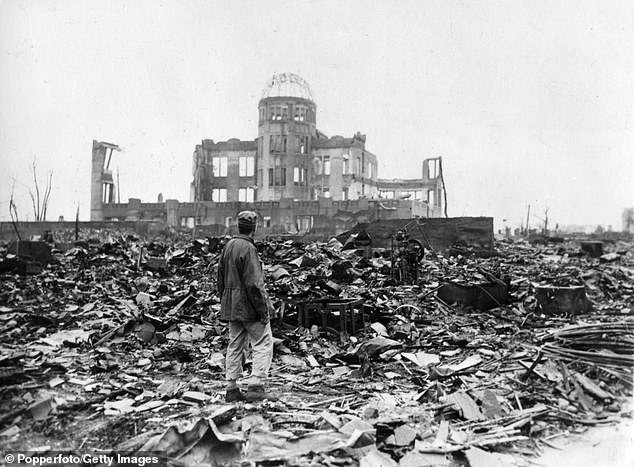
The Terminator has been sent back from 2029, when civilisation has been destroyed by a nuclear holocaust sparked by artificial intelligence system Skynet.
The film marked Schwarzenegger’s breakout performance.
He reprised his role as the Terminator in the second film, but this time he played a benevolent version of the robot.
His new task was essentially the opposite of his original mission. Now he needed to protect Sarah’s son John, the future saviour of mankind.
Cameron’s upcoming film is set to depict the full horror of the attack on Hiroshima.
The director told Deadline: ‘I’m not going to be sparing, I’m not going to be circumspect.
‘I want to do for what happened at Hiroshima and Nagasaki, what Steven Spielberg did with the Holocaust and D-Day with Saving Private Ryan.’
He added: ‘When he was making that film, notwithstanding whatever the studio wanted from it, he said, I’m going to make it as intense as I can make it…’
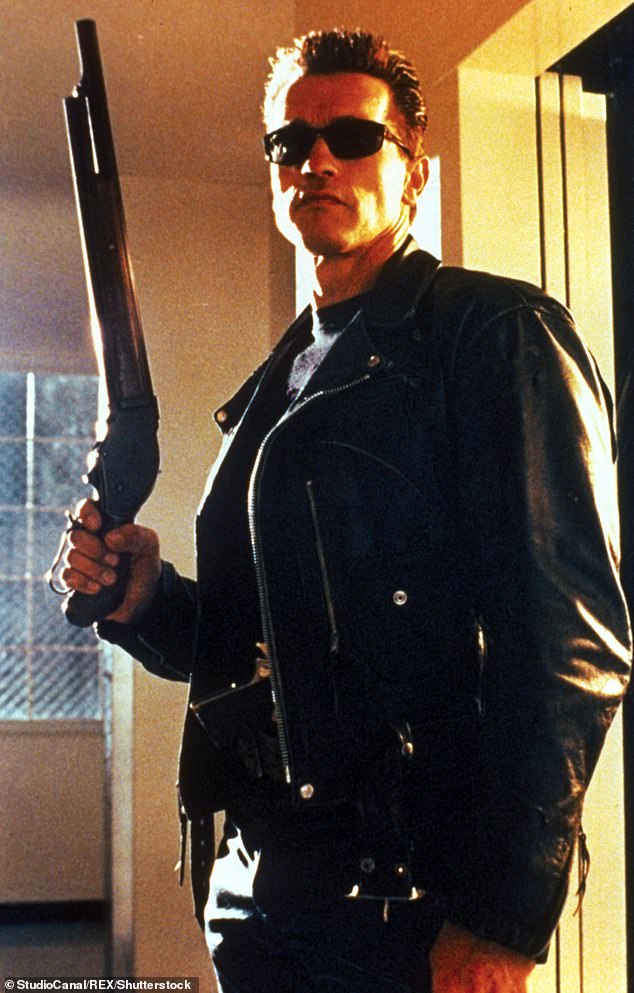
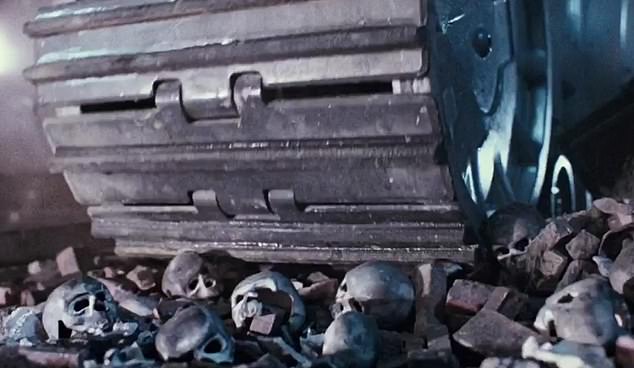
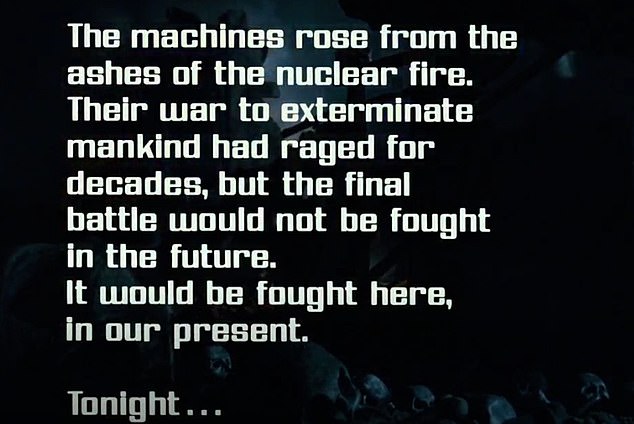
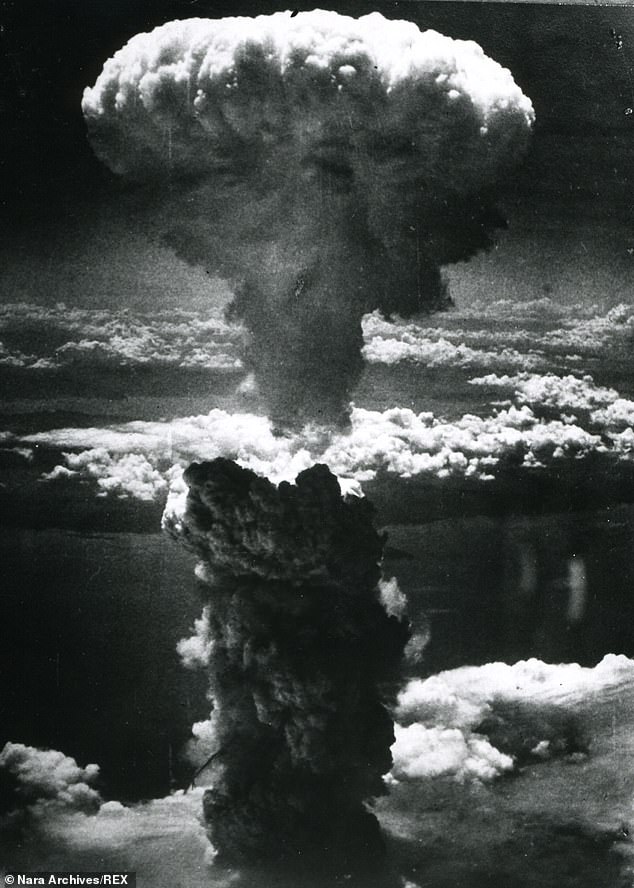
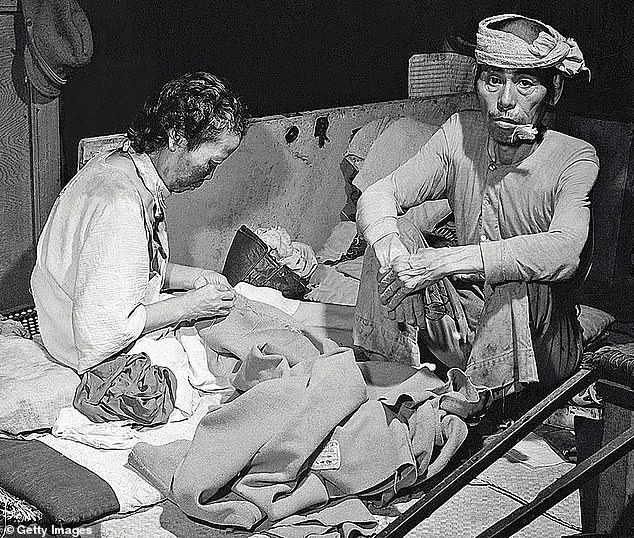
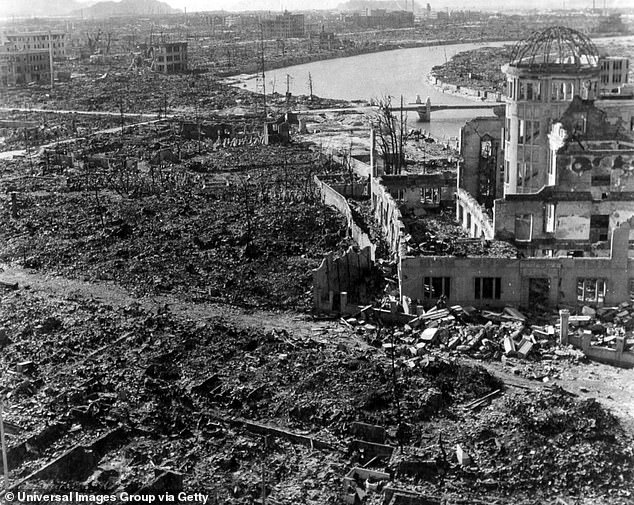
The director wants to make the film as ‘real for you as I can’, he told DiscussingFilm.
And he added that he is ‘afraid’ of his upcoming production, perhaps because it is set to do something that Hollywood has so far shied away from: actually depicting the attacks on Hiroshima and Nagasaki.
Even Christopher Nolan’s 2023 film Oppenheimer, which told the story of how the atom bomb was developed, avoided showing the moment the technology was used on Japan in August 1945.
The United States made the decision to drop nuclear weapons in an attempt to end the Second World War.
Although Adolf Hitler had by then taken his own life and Nazi Germany had surrendered, Japan continued to fight on.
In Hiroshima, the blast – at 8.15am on August 6, 1945 – obliterated everything within the surrounding square mile, killing around 80,000 people in the blink of an eye.
Tens of thousands more died from their devastating injuries in the 48 hours that followed.
A total of five square miles of the city were consumed by fire storms, and the blast obliterated 90 per cent of Hiroshima’s structures.

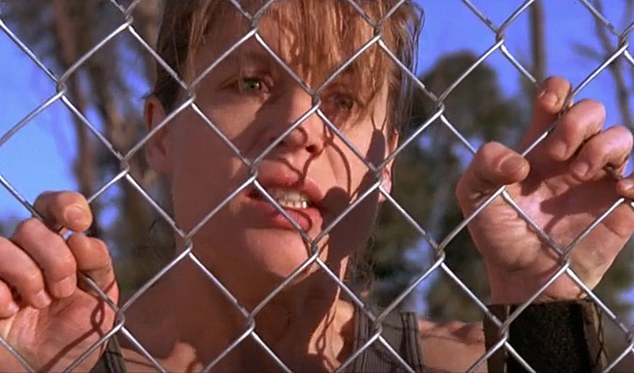

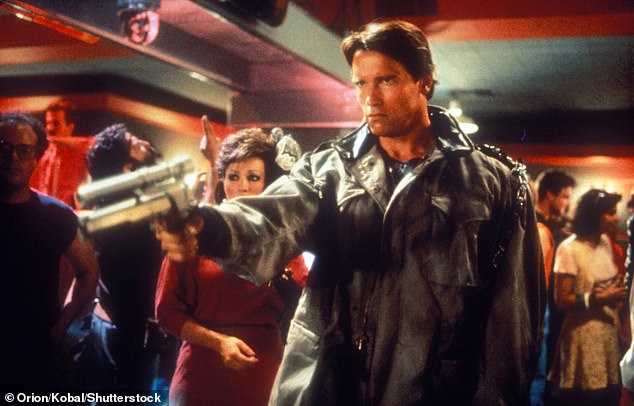

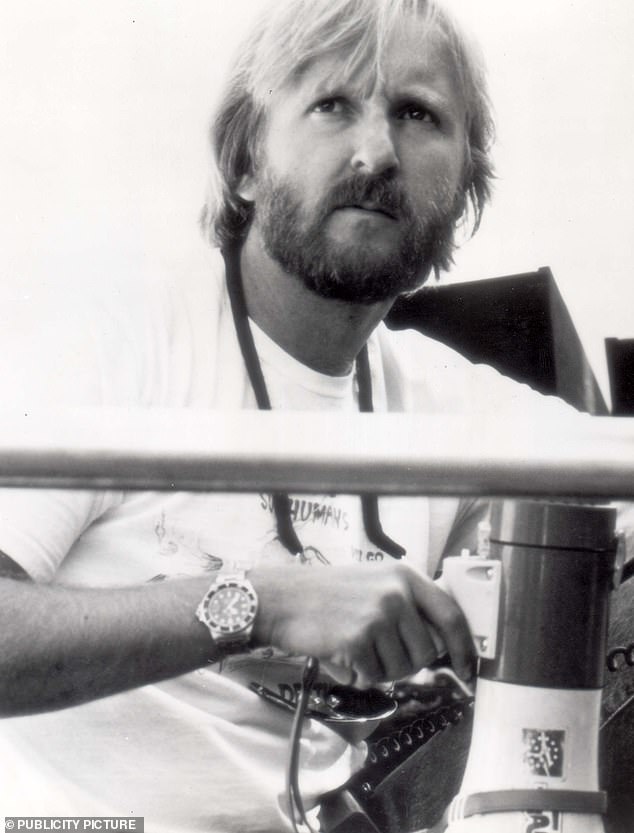
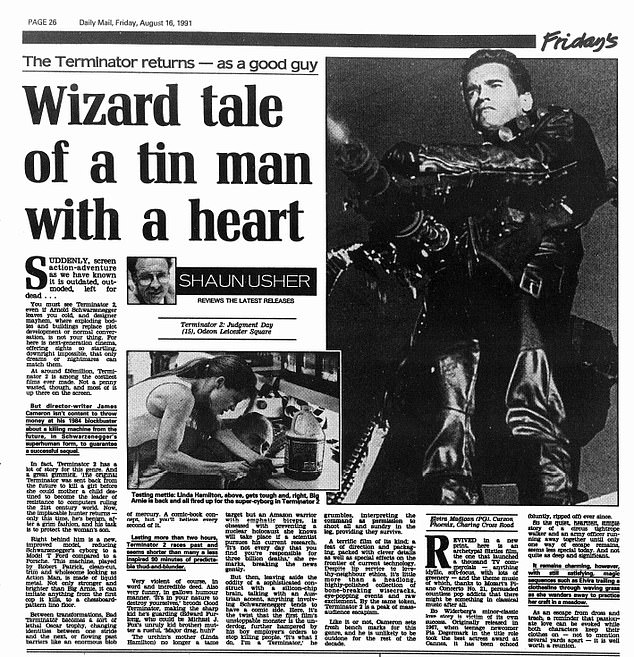
The police, fire and ambulance services were all virtually wiped out, with survivors left to fend for themselves before help arrived from further afield.
The follow-up attack on Nagasaki came on August 9, after Japan refused to surrender despite the carnage in Hiroshima.
The device – Fat Man – was carried by the B-29 bomber named Bockscar. It claimed at least 50,000 more lives and wiped out a third of the city.
Japan finally agreed to the Allies’ terms of surrender on August 14.
The Terminator franchise also includes Terminator 3: Rise of the Machines and three further spin-off productions.
But it is the first two films that are regarded as iconic by critics and viewers.
Terminator 2 won an incredible four Academy Awards. The Mail gave a glowing review at the time, saying: ‘A terrific film of its kind; a feat of direction and packaging, packed with clever details as well as special effects on the frontier of current technology.’
